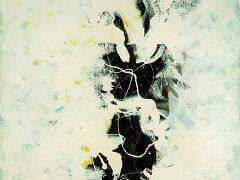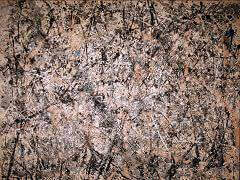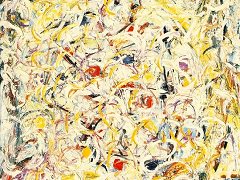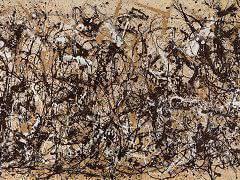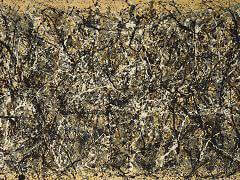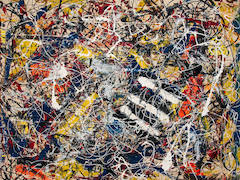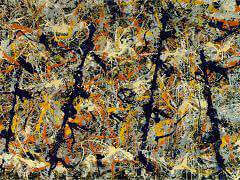Convergence, 1952 by Jackson Pollock

Perhaps his most famous work was a painting entitled Convergence, which was a collage of colors splattered on a canvas that created masterful shapes and lines that evoke emotions and attack the eye. The painting was created in 1952, and is oil on canvas; 93.5 inches by 155 inches (Karmel, 1999). With Pollock's brushstrokes he was able to make handy use of colors, lines, textures, lights, and contrasting shapes. This painting is enormous and its size can only really be appreciated in person. In 1964, puzzle producing company, Springbok Editions, released Convergence (Inspired by Pollock's painting) the jigsaw puzzle. It was a 340-piece puzzle that they promoted as "the world's most difficult puzzle". The impact of Pollock's Convergence was evident in 1965 when hundreds of thousands of Americans purchased the jigsaw puzzle.
Jackson Pollock's style of painting, as exemplified by Convergence, is an important, innovative development in the history of painting. At the time of the painting, the United States took very seriously the threat of Communism and the cold war with Russia. Convergence was the embodiment of free speech and freedom of expression. Pollock threw mud in the face of convention and rebelled against the constraints of society's oppression. It was everything that America stood for all wrapped up in a messy, but deep package. On that same note, some of Pollock's works were even sponsored by the Congress for Cultural Freedom (an anti-communist advocacy group founded in 1950), which was backed by the Central Intelligence Agency (CIA) (Karmel, 1999). The CIA appreciated Pollock's style, because it steered clear of social realism and overt political gestures. Pollock's abstract work was hard to decipher, but his rebellious nature and expressions of freedom were clearly evident.
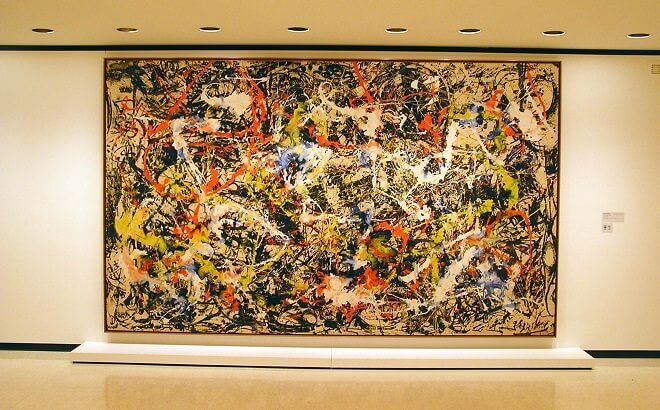
Searching for something to follow his drip paintings, Pollock began working in black and white, which is the way Convergence began. Not happy with the result, he added color as a way to salvage the work. In 1952, critics debated whether or not he had succeeded. Today, however, Convergence is considered one of the artist's masterworks.



